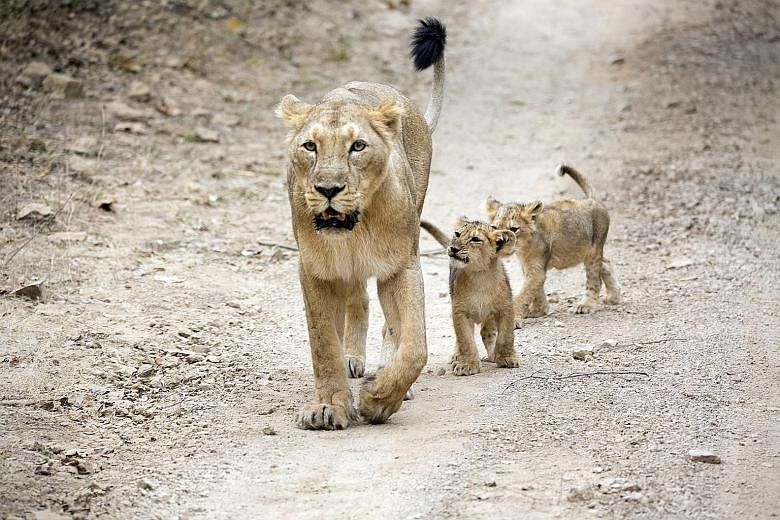Wildlife conservationists usually have to grapple with the challenge of revitalising falling numbers of endangered species. But those dedicated to the conservation of Asiatic lions are trying to get their head around a problem of plenty.
The Gir forest region in India's Gujarat, home to the last wild population of Asiatic lions, has too many of these animals within its limited confines, prompting calls for some of the carnivores to be moved to a second habitat within their former and larger historical territory.
Already a subscriber? Log in
Read the full story and more at $9.90/month
Get exclusive reports and insights with more than 500 subscriber-only articles every month
ST One Digital
$9.90/month
No contract
ST app access on 1 mobile device
Unlock these benefits
All subscriber-only content on ST app and straitstimes.com
Easy access any time via ST app on 1 mobile device
E-paper with 2-week archive so you won't miss out on content that matters to you

